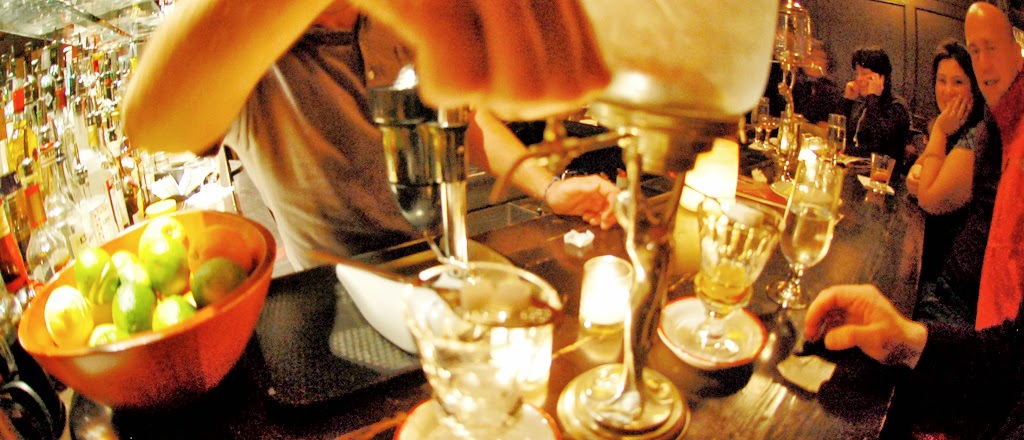An Essential Guide to Absinthe: History
This is a quick guide to everything you need to know about absinthe. I'll start with the fun history, as always, and then all the other stuff after. If you don't like history, go ahead and skip this and go here. Absinthe, a.k.a. The Green Fairy (nicknamed after its green color), is a distilled, alcoholic beverage with flavors of anise, fennel, and wormwood. It has an interesting background filled with a lot of awesome stories.
The word absinthe comes from the Latin word absinthium, which is then derived from the ancient Greek word apsinthion, or “wormwood". The birth of absinthe is unclear but the ancient Egyptians used wormwood for medical purposes circa 1550 B.C.E. as written in the Ebers Papyrus. The first real signs of modern absinthe can be traced back to 18th century Switzerland. Some French genius named Dr. Pierre Ordinaire created it as an all-purpose remedy. Smart man.
This crazy elixir was given to French troops in the 1840's as a malaria preventive. After the troops came home, they continued to crave this beautiful drink which allowed absinthe to grow in popularity throughout France. By 1860, the French invented l'heure verte, or "the green hour", at 5:00 p.m. At this time, people (both rich and poor) would flock to their favorite bar, bistro, or cafe for a quick buzz from the green fairy.
With time, absinthe became widely exported to the United States, Spain, Great Britain, and the Czech Republic. The green fairy started showing up in art and books. For example, check out Degas' L'Absinthe.
Everyone wanted this cool, green drink. Fun story: The Old Absinthe House bar in New Orleans is now known as the birthplace of the Sazerac, one of the first absinthe cocktails. It was opened in 1874 and was originally called "The Absinthe Room". It was famous for having Franklin Roosevelt, Frank Sinatra, Oscar Wilde, and Mark Twain as regular customers.
Bad news. Due to the temperance movement and other factors, absinthe became associated with violent crimes. Critics claimed absinthe to be a destructive, addictive, and psychoactive drug. Countries like Switzerland, Belgium, and Brazil started banning the production and sale of absinthe. Don't worry, by the late 20th century, people started challenging these bans with science, which eventually led to the legality of absinthe.
FUN FACT: Prohibition in the United States started in 1920. Keep in mind that Franklin Roosevelt was a fan of absinthe. After 13 ridiculously sad years, prohibition ended on the same year that Roosevelt became president in 1933. I wonder why ;) After the ratification of the 21st amendment, alcohols and liqueurs became legal. Sadly, absinthe remained illegal for the next 74 years. In 2007, absinthe became legal again (only those that have less than 10ppm of thujone). And yes, the real absinthe is legal. Check out this article for more information on "real absinthe".
For recommendations and other details about absinthe, check out my other post here.
Extra stuff:
“After the first glass of absinthe you see things as you wish they were. After the second you see them as they are not. Finally you see things as they really are, and that is the most horrible thing in the world”



